During the 8 and 16-bit era I’ll admit I did not think too much of Namco. Not that they weren’t putting out good games, but compared to Capcom and Konami they were low on my priority list. All that changed with the release of the PlayStation. In my eyes they seemed to rise to another level with the advent of 3d and were critical to the PlayStation’s success. But while everyone speaks of Ridge Racer and Tekken (and rightfully so) I appreciate Namco for giving us Klonoa. Namco were not known for their platformers but in one fell swoop they created one of the best of that era.
Klonoa takes place in the land of Phantomile. Phantomile is powered by the dreams of the people although they do not remember them. Klonoa is haunted by one dream in particular, of an object falling from the sky and crashing into a nearby mountain. His dream comes true and as he investigates with his sidekick Huepow they stumble across the evil Ghadius as he kidnaps the diva Lephise. Klonoa decides to pursue him to save Lephise and the secret she guards.
Klonoa was a bit of an anomaly during the 32-bit era. At a time where every game went full 3d, especially platformers it was a weird in between. The world is built in 3d but movement is still 2d. Klonoa was among a class of platformers like Pandemonium, Wild 9 and Tomba that coined the phrase 2.5d. It was like having the best of both worlds, although it didn’t always work out. When they were good 2.5d platformers were amazing. When they were bad, like Spider, boy were they bad. Klonoa turned out the best of that small class and made me wish there were more games like this.
As a character Klonoa was a breath of fresh air among a class of edge lord platforming heroes. His overly cheery disposition could be grating to some but I found it endearing. More importantly his design heavily informs the gameplay. Klonoa’s primary means of attack is grabbing enemies with his ring and inflating them. Inflated enemies are carried by his large ears, at which point they can be thrown or used as a makeshift platform to jump higher. Tossed enemies can be used to destroy walls, enemies, or reveal hidden objects.
Mechanically Klonoa is simple. But its depth and ingenuity comes from its master class level design. Restricting movement to a single plane allows the game to have the same level of precision as the 2d platforming greats while also giving it the graphical bells and whistles of a 3d game. At any moment there are all kinds of moving parts going on in a given level. Distant enemies and obstacles can be seen in the background and the camera shifts constantly. The level designers use this to hide all manner of secrets in plain sight but leave you to figure out how to reach them. The game makes excellent use of your abilities, often tasking you with using them in clever ways. While the initial levels are simple they gradually become more complex and puzzle like. But at its core the game always remains accessible.
That accessibility means Klonoa is an easy game. Perhaps balanced is a better term. Although you have three hearts you can actually take six hits or more. Checkpoints are frequent and extra lives are easy to come by. Both usually come before particularly challenging sections, allowing you to fail without suffering heavily. As the levels shift and become more mechanically focused there are less roaming enemies roaming. I love the boss battles as they follow along the same lines as the gameplay. Their patterns are simple yet it still comes down to execution. They provide enough of a challenge that even platforming veterans might sweat a little. While the game is about median in length rescuing all of the Phantomile citizens in a level grants access to a difficult hidden level. You’ll need to master Klonoa’s abilities to reach it and it provides a suitable challenge for those seeking it.
Namco were one of the few developers that consistently pushed the PlayStation’s boundaries technically. Even with their skill at manipulating the hardware Klonoa almost defies the hardware. The game runs at a consistent 60 fps, a rarity that generation. The 3d background exhibit none of the warping or other inconsistencies inherit in PlayStation titles as well. This allows the brilliant art and camera direction to shine. The viewpoint constantly shifts to give both a picturesque view of the world while not intruding on the action. The world of Phantomile is a varied place that largely avoids the typical platforming tropes. The only area that has aged badly is the 2d sprites, which pixelate heavily and become a mess. But it’s a worthwhile trade for such a beautiful world.
In Closing
Klonoa is a fantastic game and one of the PlayStation’s best titles. The game has held up wonderfully all these years later and is a treat for any one that even slightly likes platformers. Klonoa did not garner the attention it deserved at release but don’t let that deter you from playing one of the best PlayStation games of all time.

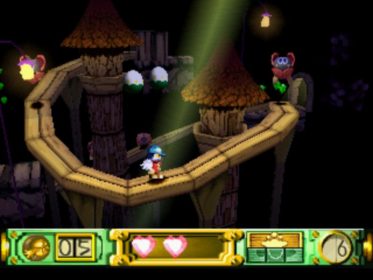
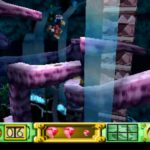

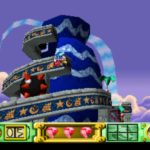
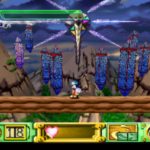

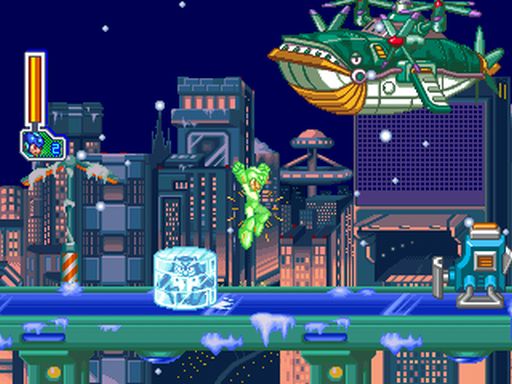
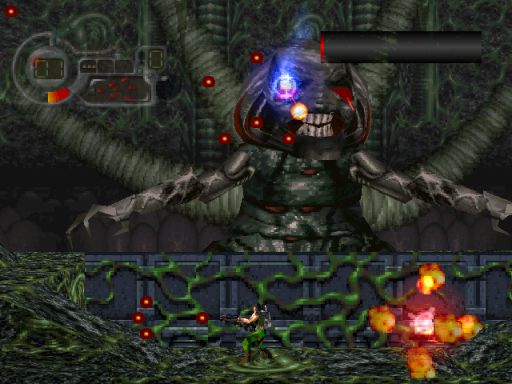

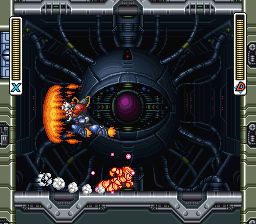
One thought on “Klonoa – Door to Phantomile”